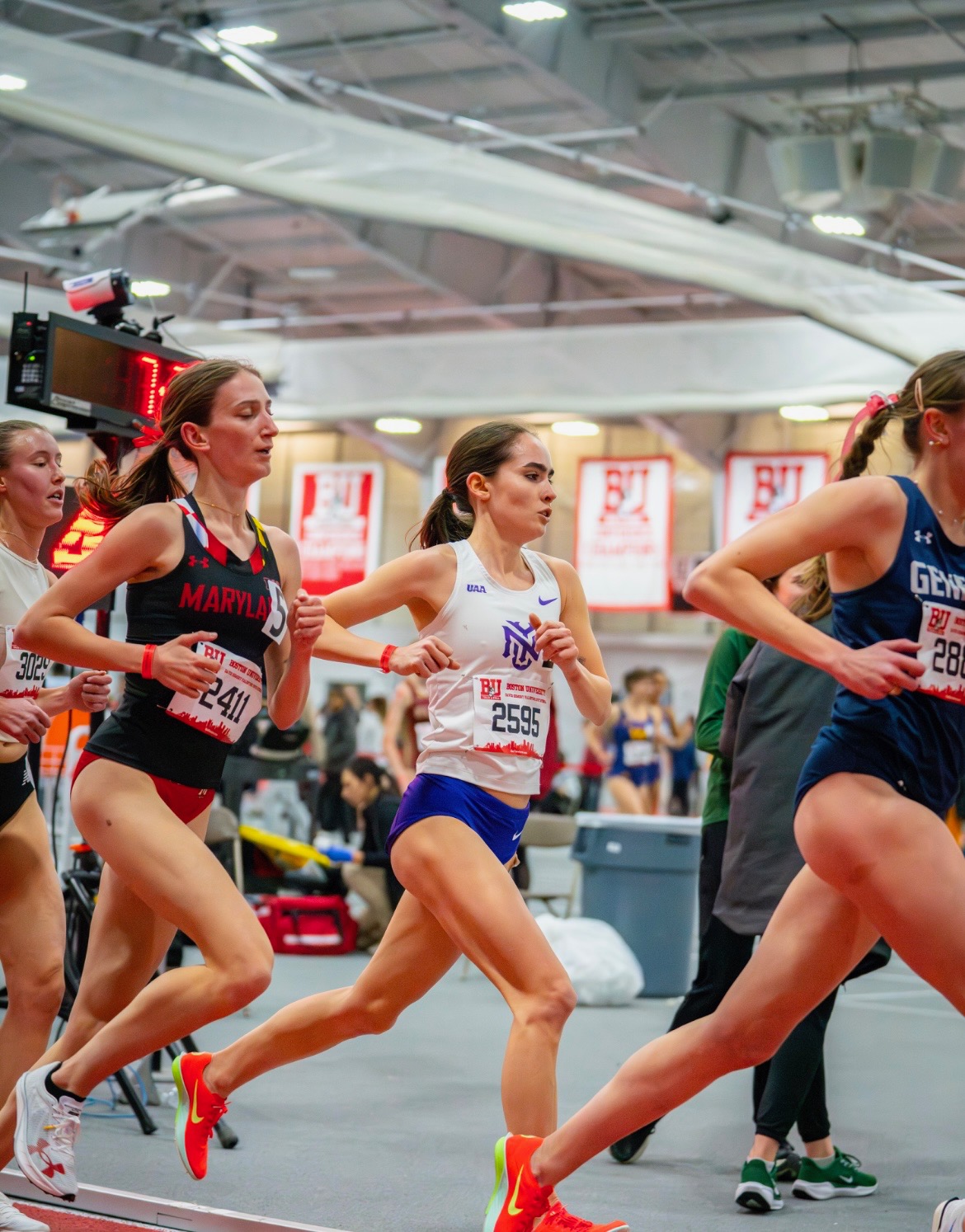Amy Stephens
MS, RDN, CSSD, CEDS
Licensed dietitian
specializing in sports nutrition
and eating disorders
MS, RDN, CSSD, CEDS
Licensed dietitian
specializing in sports nutrition
and eating disorders
I often get asked my opinion on “tracking macros” and whether or not I do it as an athlete. While I think tracking your macronutrients as an athlete can be a good tool to ensure you’re eating enough to improve performance, I personally do not do it. It’s not best for everyone. For me, it just feels like one more thing to think about when eating should be an enjoyable, nourishing experience rather than a rigid, numbers-driven task.

Helpful:
That said, if you’re genuinely curious about your intake or have a specific goal, like building muscle or just eating more to support performance in general, tracking periodically can provide clarity. For some athletes, it’s also an eye-opening way to see where gaps in their nutrition might be. And if you’re unsure where to start or want a more personalized approach, meeting with a sports dietitian can be incredibly helpful. They can take a look at your eating habits, training schedule, and goals, and then help you identify any areas where you might be falling short — all without making you feel like you have to obsess over every number.
Amy Stephens, a sports and eating disorder dietitian, sometimes uses more structured eating approaches when athletes are preparing for a specific competition during a training block. For example, wrestlers working to make weight may benefit from a structured plan in the days before weigh-ins, followed by guided refueling once the target is reached. Tracking can also play a role in helping athletes ensure they’re fueling adequately during high-demand situations, such as multi-day competitions, where the risk of underfueling is especially high.
Harmful:
Tracking macronutrients to a T is essentially an advanced way to count calories. It can involve weighing food, logging meals, and paying close attention to ratios of protein, carbs, and fats. That level of micromanagement can lead to stress or an overly rigid mindset around food, which is why I choose not to do it. I’d rather focus on listening to my body, fueling it with quality food, and creating a sustainable approach to eating that doesn’t feel like a second job.
Focusing too much on hitting specific macros can pull attention away from recognizing natural hunger and fullness cues, making eating feel more like following a script than listening to your body. For athletes, it’s more valuable to develop awareness and trust in their body’s signals rather than rigidly sticking to a plan.
Additionally, this intense focus on food can increase the risk of disordered eating. Constantly thinking about food may increase stress and guilt, reinforcing rigid patterns and making eating feel more restrictive.
Instead of tracking, I like to rely on general guidelines, patterns and habits:
Here are some general guidelines to follow when building a performance plate:
Healthy fats can be incorporated when using olive oil in cooking, or in salad dressings. Adding avocado to top off a meal is also a great source of healthy fats.

Ultimately, nutrition is highly individual. Tracking macros isn’t “bad” or “good” — it’s a tool, and like any tool, it’s only as useful as it is sustainable for your lifestyle. For many athletes, learning to eat intuitively while maintaining a balanced plate is just as effective, and often much less stressful.
Here is what a sample dinner plate usually looks like for me:
